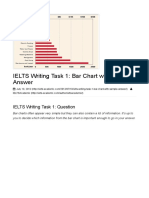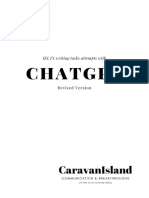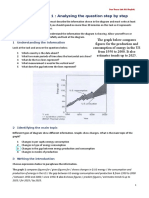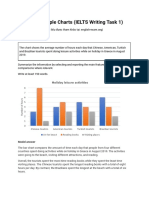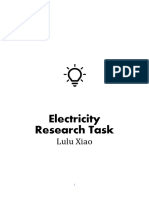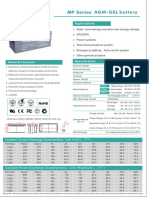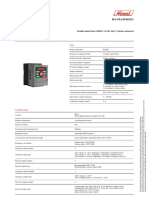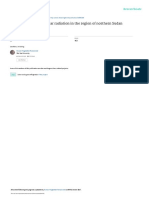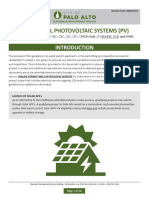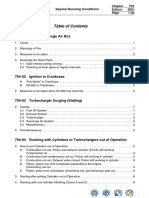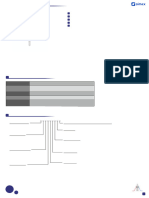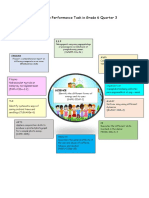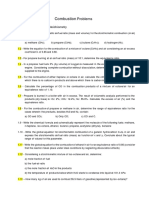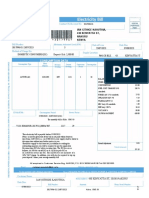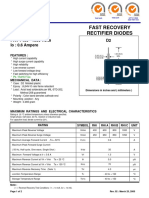0% found this document useful (0 votes)
43 views5 pagesWriting Task - Part1
The document discusses an IELTS Task 1 Writing exercise that involves analyzing a line graph showing daily electricity consumption across two seasons and a pie chart detailing electricity usage. It highlights that electricity demand is significantly higher in winter, primarily due to heating, while summer usage remains stable. The feedback provided indicates strengths and areas for improvement in task achievement, coherence, lexical resource, and grammatical accuracy.
Uploaded by
anarurac97Copyright
© © All Rights Reserved
We take content rights seriously. If you suspect this is your content, claim it here.
Available Formats
Download as DOCX, PDF, TXT or read online on Scribd
0% found this document useful (0 votes)
43 views5 pagesWriting Task - Part1
The document discusses an IELTS Task 1 Writing exercise that involves analyzing a line graph showing daily electricity consumption across two seasons and a pie chart detailing electricity usage. It highlights that electricity demand is significantly higher in winter, primarily due to heating, while summer usage remains stable. The feedback provided indicates strengths and areas for improvement in task achievement, coherence, lexical resource, and grammatical accuracy.
Uploaded by
anarurac97Copyright
© © All Rights Reserved
We take content rights seriously. If you suspect this is your content, claim it here.
Available Formats
Download as DOCX, PDF, TXT or read online on Scribd
/ 5









